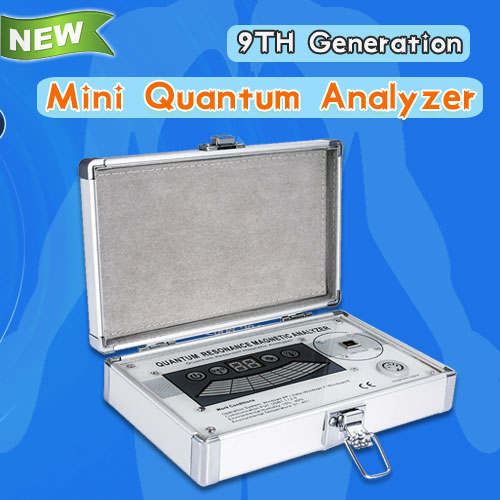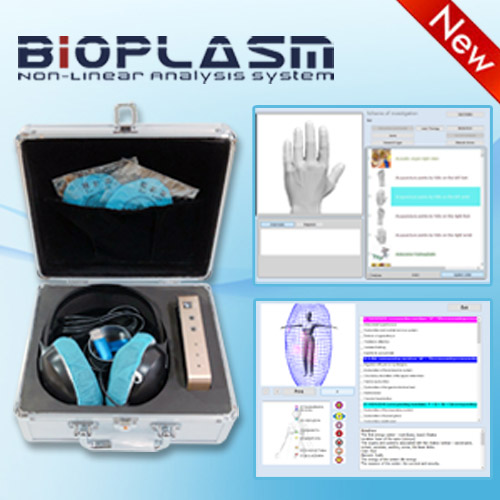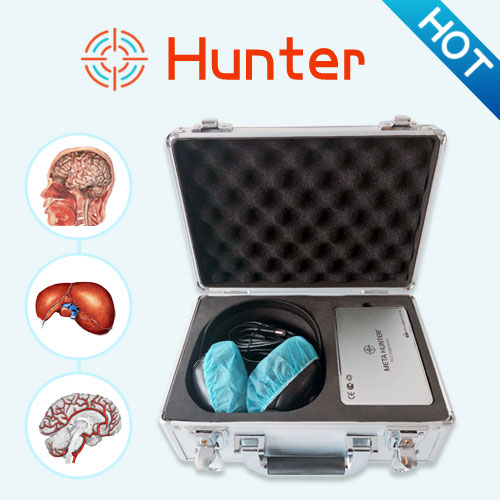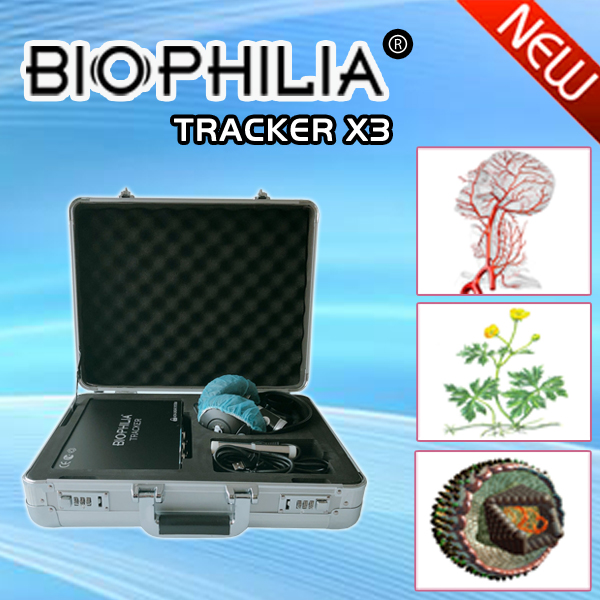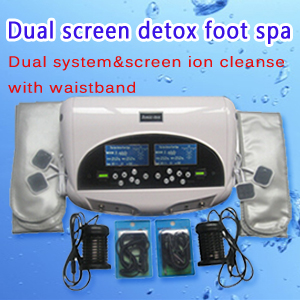The Diagnosis Disks And NLS-equipment (Metatron 4025 Hunter)
Thanks to high resolution of NLS-equipment (Metatron 4025 Hunter), this method not only reveals morphological damages, but also provides information about degree of changes in degenerating disks. Degeneration of intervertebral disk results in its tissue dehydration, which leads to gradual constriction of disk space and increasing of signal chromogeneity at images. The latter is related to changes in proteoglycan structure of intervertebral disk; but it is not caused by absolute changing of water content. Loss of water by disk results in its height decreasing and elimination of border between nucleus pulposus and fibrous ring. Together with degeneration degree increasing, small filled with liquid fissure appear; they are detected as linear areas of high hyperchromeity (5 – 6 points according to Fleindler’s scale). Later on in degenerating disk calcipexis may happen.
We can single out (without protrusion place topics):
1) Disk protrusion – displaced disk (nucleus pulposus) stretches fibrous ring, in its outer part microfissures appear, but not perforating it;
2) Disk prolapse – parts of disk perforate fibrous ring and come out to epidural cavity;
3) Disk sequestrum – substance of nucleus pulposus migrates above or below disk level.
Typical changes of bone-marrow tissue NLS-picture in adjacent to degenerative disks parts of vertebras can be divided into three types for convenience: vascular, fatty and sclerotic.
Due to this fact in majority of cases adequate amount of research includes the following examinations: two-dimensional scanning of damaged disk in sagittal projection and axial projection at the level of detected changes. Application of three-dimensional scanning method is practical to emphasize closing plates in order to detect their erosion and condition bone-marrow tissue.
Application of NLS-microscanning is important for evaluation of deformation degree and constriction of dural sac, condition of dural funnels in order to detect their deformation and dislocation.
Taking into account non-invasive character and absence of ionizing radiation, NLS-method may be used for dynamic monitoring of post-operative changes. To distinguish recurrent disk hernia from post-operative scar we use spectral-entropy analysis. Mature scar tissue has its specific specter differing from disk tissue, which can be perfectly seen at SEA.
Therefore, patient suffering from spondylogenic pain syndrome should be subjected, first of all, to radiology examination of spine with functional tests. In cases when there is clinical picture of irritation or spine neural structures compression and radiography did not register significant deformation of vertebras bone elements, it is recommended to carry out NLS-microscanning of damaged area with SEA.
Optimal algorithm of patients with degenerativedystrophic diseases of spine examination makes possible not only to decrease material expenses of a healing institution and a patient, but also to optimize diagnostics process which promotes increasing of patients treatment quality.
This article is provide from [Metatron 4025 hunter],please indicate the source address reprinted:http://www.healthycarer.com/news/nls-knowledge/1491.html


